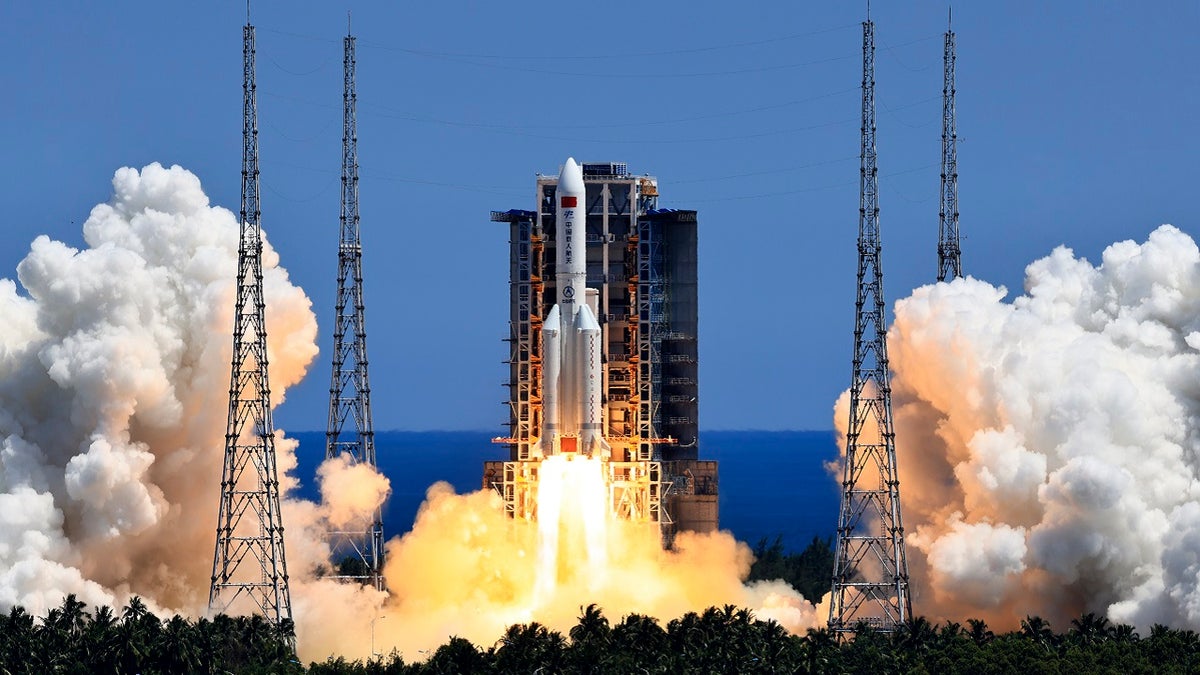China's ambition to surpass the United States in space exploration is well-documented. Intelligence reports warn of China's rapid progress, aiming to achieve near parity with the US by 2030 and full space dominance by 2045. This poses a significant threat to American security and economic interests. China's increasing orbital launches, development of advanced weaponry like hypersonic missiles, and clear intent to weaponize space are alarming indicators.

While the US has at times surpassed China in orbital launch numbers, complacency is not an option. A major obstacle to American progress is our own regulatory framework, specifically the Federal Aviation Administration's (FAA) bureaucratic processes. These regulations, intended to streamline commercial space launches, have ironically hindered progress, with lengthy approval processes delaying projects and impacting NASA missions.

To regain America’s competitive edge, a three-pronged approach is necessary. First, Congress needs to reform the FAA's Part 450 regulations governing commercial space launches to reduce bureaucratic hurdles. Second, the FAA needs to optimize its internal operations, ensuring efficient processing of licenses and focusing on its core responsibilities. Finally, implementing the proposed Department of Government Efficiency (DOGE), championed by figures like Elon Musk and Vivek Ramaswamy, can help streamline government processes and foster innovation. This, along with the new aerospace rulemaking committee SpARC, can provide valuable recommendations to Congress to secure American leadership in space.
America’s regulatory system has inadvertently aided China's space ambitions. However, with a proactive Congress and a committed President, the US can overcome these challenges and ensure continued dominance in space exploration.







